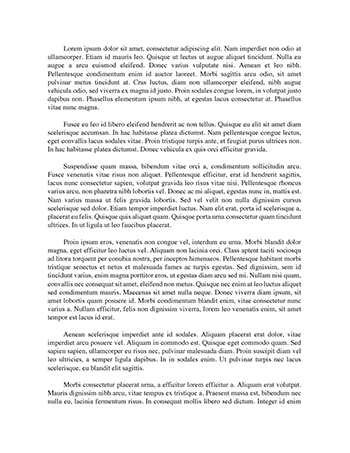Young Goodman Brown," Nathaniel Hawthorne suggests that a young man's nightmare about his wife being sucked into a witch's cult sours him on his wife as well as their larger community, and causes him to live out his life as a bitter and suspicious man. However, other points in the story argue against the events being a dream. Near the end of the story, Nathaniel writes,
Had Goodman Brown fallen asleep in the forest, and only dreamed a wild dream of a witch-meeting? Be it so, if you will. But, alas! It was a dream of evil omen for young Goodman Brown. A stern, a sad, a darkly meditative, a distrustful, if not a desperate man, did he become, from the night of that fearful dream."
However, by considering the rest of the story, it seems unlikely that Goodman saw the events in a dream. If they were real events, he…...


